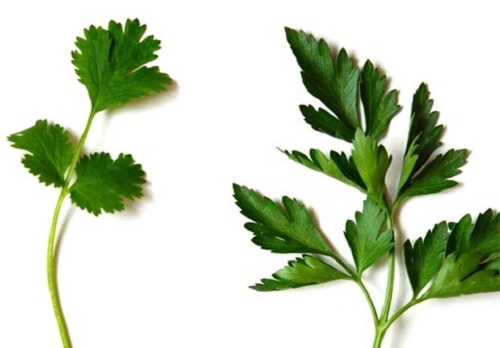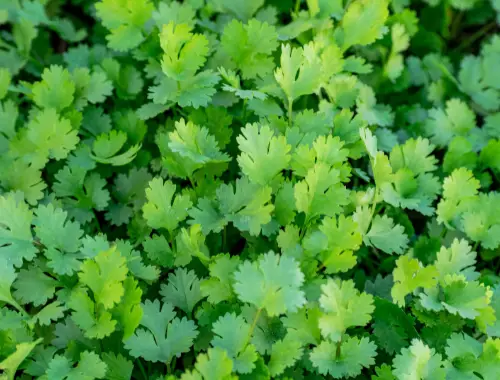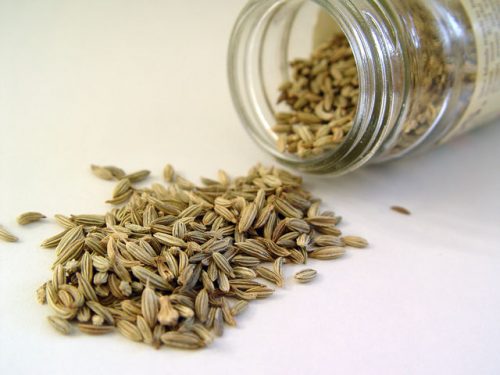
Arugula is a common name for all the species of Brassicaceae family with pungent leaves. Arugula is the name especially given to Eruca sativa Mill. Arugula is also called as rocket, roquette, rugula, and rucola. It is a major component of Italian dishes. Its leaves and seeds are edible. Seeds of arugula were used earlier to give flavor to the oils. Arugula is a light green, serrated, compound leaf which have a very different pungent flavor as well as spicy taste. Just like all the other Brassicas, arugula consists of glucosides like allyl sulphocyanate while the seed oil consists of Erucic acid.
Arugula is bitter to taste as per an opinion probably because it is grown in hot conditions. Wild variety has leaves that are small and spicy. This plant can be grown in the home garden. If the leaves are well matured, then its flavor becomes more powerful. The young leaves of arugula will be sensitive and delicate. Hence, are used in making salads as they have mild but not intense taste. Older leaves are found to be tasting bitter than young leaves. The leaves of arugula are also found to be allergic to many people. This is probably due to a chemical present in it.
Actually, arugula has leaves that are spicy which is tasted by some people as bitter and some as peppery mustard flavor. The bitterness of arugula can be due to the presence of a chemical called Glucosinolate. Glucosinolate is the organic compound that is present in almost all the species belonging to the order brassicales. It consists of sulfur and nitrogen. The plants that belong to this order use the presence of Glucosinolate in them as the defensive agent against herbivores. This compound is mainly responsible for giving bitter taste to the foods like mustard, radish, arugula, cabbage, cauliflower and so on. These substances can be hydrolyzed by the enzyme called as myrosinase into isothiocyanates. The isothiocyanates act as inhibitors of carcinogenesis.












Leave a Reply